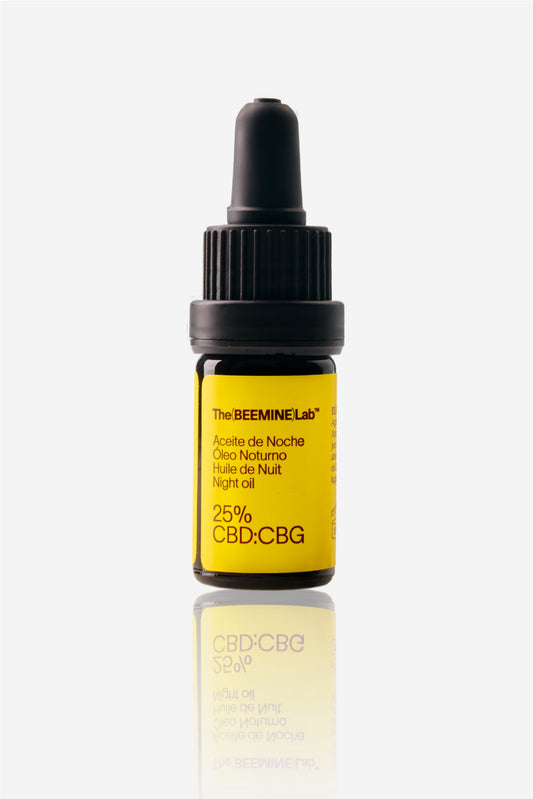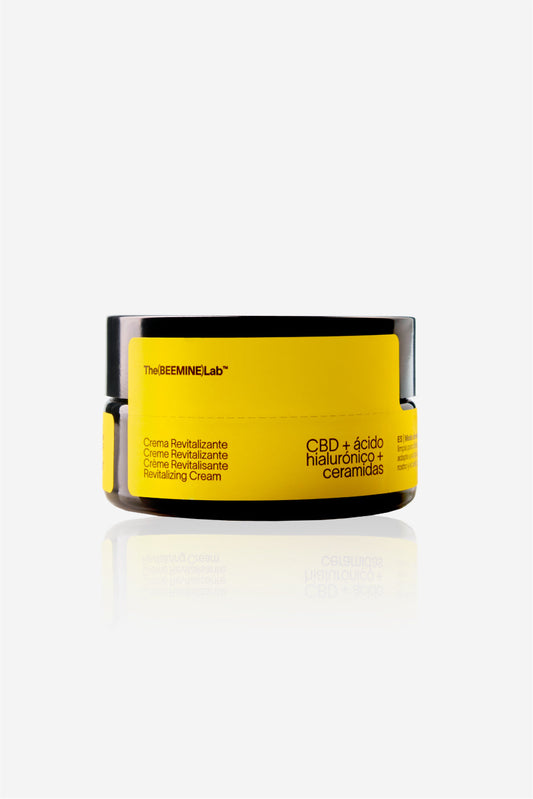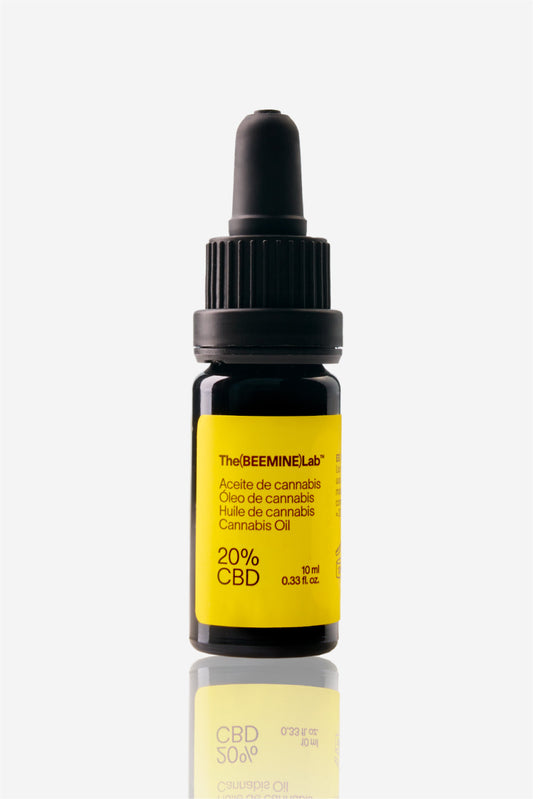What are Cannabinoids?
Cannabinoids are compounds naturally present in some species of the plant kingdom. The Cannabis Sativa species has more than 100 of these compounds. In our body, the cannabinoids of this plant interact with the central nervous system (brain) and the rest of the body. (organs, muscles, etc.) as if they were endocannabinoids, which the body produces naturally.
Of the more than 100 phytocannabinoids in Cannabis Sativa, the best known are CBD or Cannabidiol, which makes up almost 40% of the plant's resin extract, and THC or Tetrahydrocannabinol. In today's article we are going to look at other cannabinoids in the plant and their functions, in order to understand the so-called "entourage" effect. This term basically refers to the way in which cannabinoids, terpenes and other nutrients in the plant act as a team and offer us all this therapeutic potential.
Let's look at some of the most important cannabinoids
-
Cannabigerol (CBG):
Non-psychoactive cannabinoid with an antibacterial effect. CBG slows down bacterial growth and has a mild antibiotic effect, reduces inflammation, inhibits the growth of cancer and tumor cells, and promotes bone regeneration.
-
Cannabichromene (CBC):
This non-psychoactive cannabinoid has recently been associated with a potentiating effect on neuronal stem cells. This indicates its ability to help us maintain a healthy brain and prevent neurodegenerative diseases such as Parkinson's or Alzheimer's.
-
Cannabidiol (CBD):
It is the most well-known cannabinoid in the plant today. It has a bright yellow color and has tremendous therapeutic potential. CBD attaches to the CB1 and CB2 receptors in our nervous system and among its many applications, CBD helps combat any disorder caused by chronic inflammation, regenerate and protect the nervous system (neuroprotector), relieve pain, reduce anxiety and depression, reduce symptoms associated with cancer and many more!
-
Tetrahydrocannabinol (THC):
It is the cannabinoid known for the famous psychoactive effect of the plant, although it is not present in CBD oils, it has a therapeutic potential investigated by numerous scientists around the world such as Dr. Cristina Sánchez, Professor of Biochemistry and Molecular Biology at the Complutense University of Madrid (UCM). THC influences memory, concentration, pleasure, coordination, sensory and time perception, and appetite.
There are two precursor acids of two of our famous cannabinoids, CBD and THC, which are very interesting for their therapeutic properties. They are CBDA and THCA, they are precursors because they only exist when the plant is raw, when the plant is dried, cured and ignited, CBDA and THCA transform into CBD and THC through a process called decarboxylation.
- CBDA or cannabidiolic acid: is the precursor of CBD. Various studies on CBDA highlight its ability to reduce nausea, vomiting, stress and an anti-tumor effect.
-
THCA or tetrahydrocannabinolic acid: is the non-psychoactive precursor of THC present in the raw plant. Its properties when isolated are: reduction of nausea and vomiting and loss of appetite, protective capacity for the treatment of neurodegenerative diseases, anti-inflammatory effects beneficial for the treatment of a wide range of diseases and antispasmodic.
These are some of the most researched cannabinoids from the Cannabis Sativa L. plant. There is still a lot of research to be done to discover the biological effects of the plant's more than 100 cannabinoids, but what is quite clear is that they all work better together than separately.
For more information on the most recent studies on different cannabinoids and their properties, we recommend the Medical Jane website, which brings together research by leading authorities on Cannabis such as Raphael Mechoulam, Antonio Waldo Zuardi and Manuel Guzman.
Sources:
Russo, E. B. (2011). Taming THC: potential cannabis synergy and phytocannabinoid?terpenoid entourage effects. British journal of pharmacology, 163(7), 1344-1364.
“The effect of cannabichromene on adult neural stem/Progenitor cells.” Neurochemistry International, Pergamon, 10 Aug. 2013, www.sciencedirect.com/science/article/pii/S0197018613002106 .
Hill, K.P., Palastro, MD, Johnson, B., & Ditre, J.W. (2017). Cannabis and Pain: A Clinical Review. Cannabis and cannabinoid research , 2 (1), 96–104. doi:10.1089/can.2017.0017
Bergamaschi, MM, Queiroz, RH, Chagas, MH, de Oliveira, DC, De Martinis, BS, Kapczinski, F., … Crippa, JA (2011). Cannabidiol reduces the anxiety induced by simulated public speaking in treatment-naïve social phobia patients. Neuropsychopharmacology: official publication of the American College of Neuropsychopharmacology , 36 (6), 1219–1226. doi:10.1038/npp.2011.6
Zanelati, TV, Biojone, C., Moreira, FA, Guimarães, FS, & Joca, SR (2010). Antidepressant-like effects of cannabidiol in mice: possible involvement of 5-HT1A receptors. British journal of pharmacology , 159 (1), 122–128. doi:10.1111/j.1476-5381.2009.00521.x
Bloechl-Daum, B., Deuson, R., Mavros, P., Hansen, M., & Herrstedt, J. (2006). Delayed Nausea and Vomiting Continue to Reduce Patients' Quality of Life After Highly and Moderately Emetogenic Chemotherapy Despite Antiemetic Treatment. Journal Of Clinical Oncology, 24(27), 4472-4478. doi:10.1200/jco.2006.05.6382
Bolognini, D., Rock, E., Cluny, N., Cascio, M., Limebeer, C., & Duncan, M. et al. (2013). Cannabidiolic acid prevents vomiting in Suncus murinus and nausea-induced behavior in rats by enhancing 5-HT1Areceptor activation. British Journal Of Pharmacology , 168 (6), 1456-1470. doi:10.1111/bph.12043






